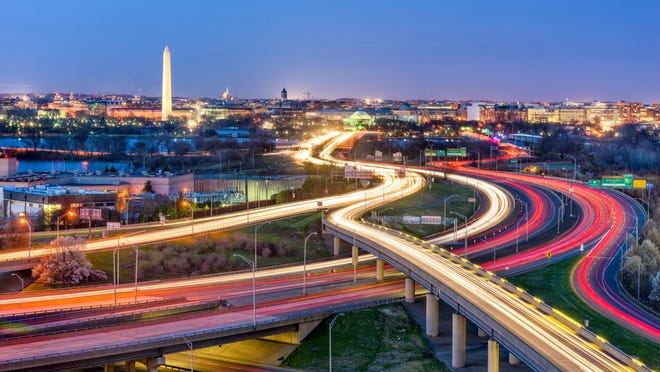The Superhighway versus the World-Island
Stepping back to look at the big picture for America's foreign policy and global strategy
https://theliberalpatriot.substack.com/p/the-superhighway-versus-the-world

Since the start of the year, crisis and war in Ukraine have dominated the world’s attention – and understandably so. The stakes are undeniably high for the United States and its NATO allies in Europe, as well as other nations around the world who rely on Ukrainian grain to feed their own people. But it’s important to step back and look at the bigger strategic picture, to think in broader and more basic terms about the nature and scope of geopolitics in the modern world.
It’s a world defined by the transformations – technological, political, social, economic, informational – wrought by the Industrial Revolution. These realities have been with us since at least the late nineteenth century, when steamships and telegraphs began to bind the world together in ways previously unimagined. We can trace the origins and antecedents back even further to the Enlightenment era if we want, with the American and French Revolutions serving as convenient markers here. But for the sake convenience and simplicity, we can take the Industrial Revolution of the late nineteenth century as the start of the modern era of geopolitics.
What’s more, the Industrial Revolution has been accompanied by an ongoing Information Revolution. Just as steamships and jet airliners drew people and nations closer and closer together physically, the telegraph, radio, communications satellites, and the internet drew us closer and closer together mentally. News of events that once took weeks if not months to travel from one place to another could now be transmitted over the wires, beamed across satellites, or uploaded to social media in mere days, hours, and seconds. We’re now able to see events half a world away in real time, with a level of fine-grained detail that frequently strips away context and clouds our judgment more than it enlightens or sharpens our thinking.
Above all, these deep and profound transformations began to draw North America, Europe, and the Pacific rim together and create a new and truly global strategic geography for the first time in human history. Whatever their other disagreements, strategists from
Halford Mackinder and
Nicholas J. Spykman in the first half of the twentieth century to
Zbigniew Brzezinski in the second all saw control of Eurasia – what
Mackinder later christened the “world-island,” and consists roughly of modern Russia, China, and Central Asia – as the ultimate objective of geopolitics and national statecraft. But these assessments downplayed the very changes that occurred as these intellectuals formulated their ideas, though Spykman’s notion of a worldwide balance of power between “continental zones” represented an important advance in geopolitical thinking.
snip
